We all had that one friend whose house was like stepping into another world—a magical place where everything seemed cooler, more advanced, or just plain different from what we had at home. Maybe it was the Atari in the basement, the waterbed in the master bedroom, or that fancy microwave that could actually reheat pizza without making it soggy. These weren’t necessarily expensive items, but they represented a glimpse into how the other half lived, and honestly, we never quite got over the envy.
1. Atari 2600 Gaming Console
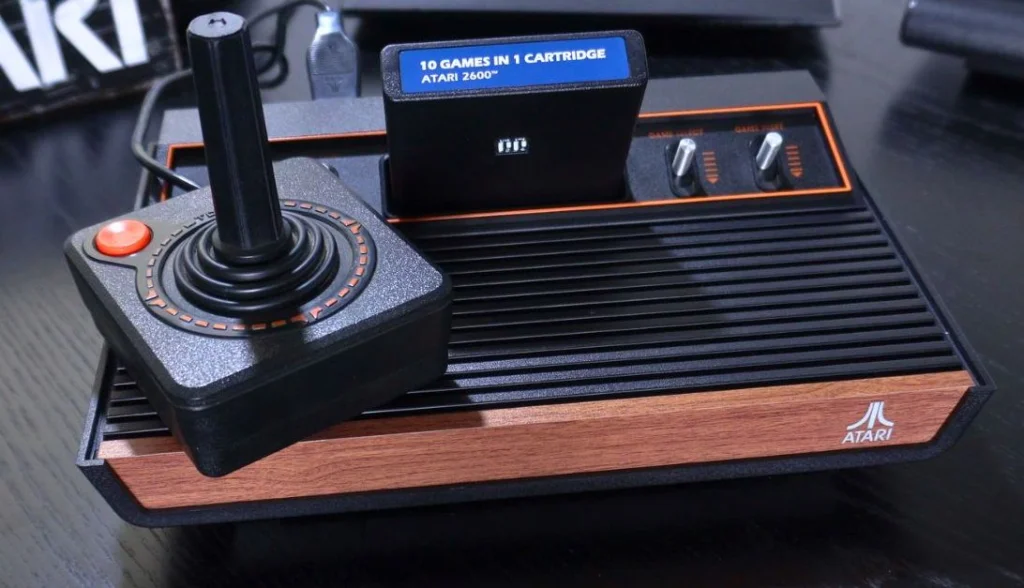
Your friend’s house was the ultimate destination after school because they had the holy grail of 1980s entertainment: an Atari 2600. While you were stuck playing board games or watching reruns, they had Pac-Man, Space Invaders, and Combat at their fingertips. The wooden-grain console sat proudly beneath their television like a shrine to the future, complete with those iconic joysticks that would inevitably develop that annoying drift after months of aggressive gameplay.
You’d spend hours taking turns, arguing over who got to be player one, and marveling at the fact that you could actually control what happened on the TV screen. The graphics may have been simple by today’s standards, but back then, moving a square around the screen felt like magic. Your friend’s parents probably paid around $200 for that system in 1977, which was no small investment, and you secretly wondered why your parents couldn’t see the educational value in electronic entertainment.
2. Waterbed in the Master Bedroom
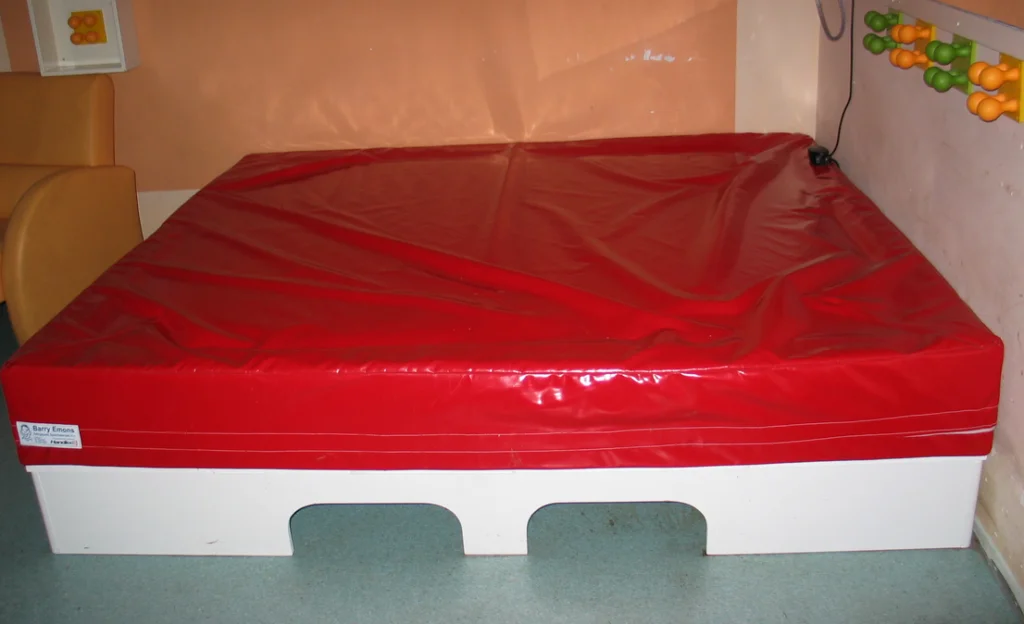
Nothing said “my parents are cool” quite like a waterbed taking up half the master bedroom. These undulating marvels of 1970s and ’80s bedroom technology were conversation starters, status symbols, and sources of endless fascination for kids who only knew regular mattresses. You’d sneak peeks during house tours, amazed at how the whole thing moved like a gentle ocean wave with every step your friend’s parents took.
The waterbed represented a kind of grown-up sophistication that seemed impossibly glamorous to young eyes. It had a heater to keep the water warm, special sheets that actually stayed put, and that distinctive sloshing sound that you could hear through the walls. Your own parents probably thought waterbeds were impractical or too “California” for their taste, but you knew the real reason was that they cost anywhere from $300 to $1,000, depending on the fancy frame and accessories.
3. Cable Television with HBO
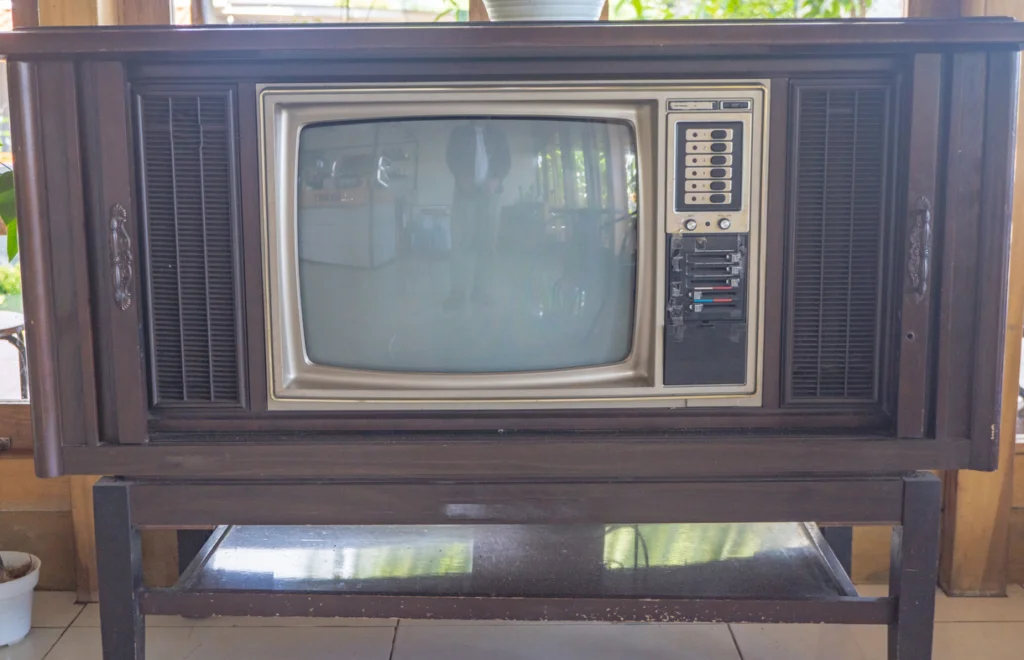
While your family was limited to the three major networks plus PBS, your friend’s house had the luxury of cable television with premium channels like HBO. This meant they could watch movies that were still playing in theaters just months earlier, plus they had access to programming that felt decidedly more adult and sophisticated. You’d gather around their television on Saturday nights, feeling like you were getting away with something just by watching uncensored movies and comedy specials.
Cable TV wasn’t just about entertainment; it was about social status and staying connected to popular culture in real-time. Your friend always knew about the latest movies, comedy acts, and cultural references because they had access to this premium content pipeline. Meanwhile, you had to wait for movies to show up on network television two years later, edited for content and interrupted by commercials that seemed to come at the worst possible moments.
4. Microwave Oven
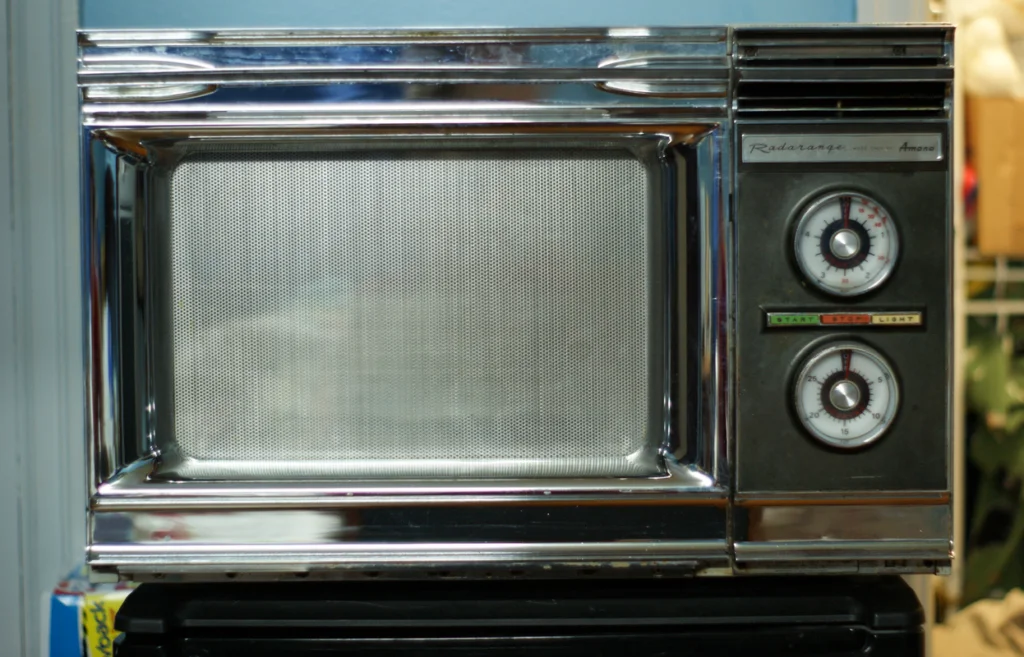
The microwave oven was the kitchen appliance that screamed “we’re living in the future,” and your friend’s family had embraced tomorrow while yours was still reheating leftovers on the stovetop. These magical boxes could transform frozen dinners into hot meals in minutes, reheat coffee without making it taste burnt, and even cook entire meals with the push of a few buttons. You’d watch in amazement as your friend’s mom demonstrated the various power settings and timer functions like she was operating a space shuttle.
What really got you was how effortless everything seemed in their kitchen—no waiting for ovens to preheat, no standing over simmering pots, just beep, beep, beep, and dinner was ready. Microwave ovens cost between $400 and $700 in the early 1980s, which was a significant investment for most families. Your parents probably said they preferred “real cooking,” but you suspected they were just intimidated by all those digital buttons and worried about radiation, even though everyone insisted it was perfectly safe.
5. VCR (Video Cassette Recorder)
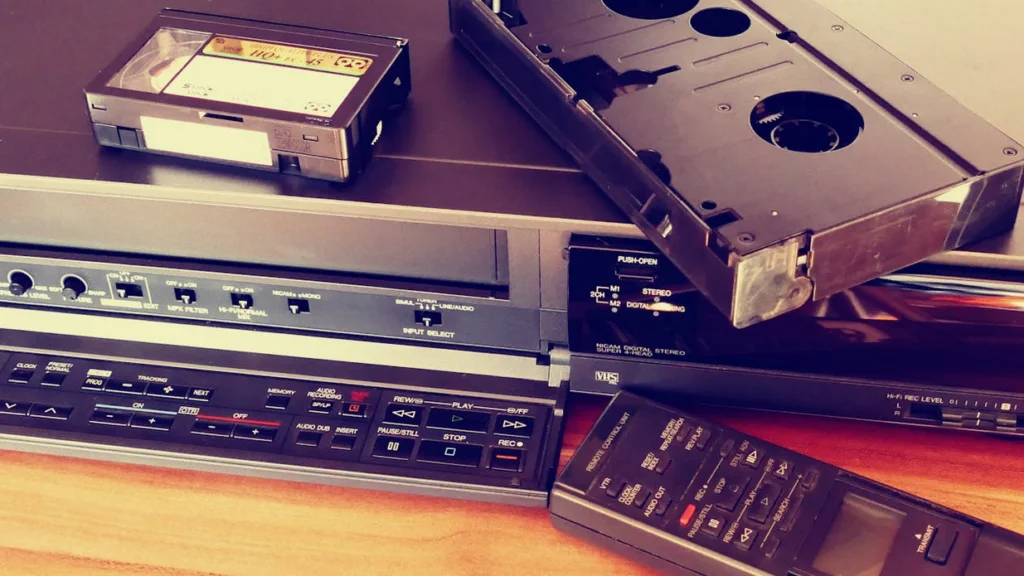
Your friend’s family didn’t just watch television; they controlled it, thanks to their VCR that sat on top of the TV like some kind of technological crown jewel. They could record shows to watch later, rent movies from the video store, and even fast-forward through commercials—powers that seemed almost supernatural to kids accustomed to watching whatever was on when it was on. The blinking 12:00 on the display became a running joke, but you were still envious of their ability to time-shift their entertainment.
The real magic happened on Friday nights when they’d come home with a stack of rental movies from the local video store, giving them access to Hollywood’s entire catalog for just a few dollars per tape. Your family was still dependent on whatever the networks decided to broadcast, missing half the cultural conversations happening at school on Monday mornings. A decent VCR cost anywhere from $300 to $800 in the early ’80s, and your parents probably thought it was an unnecessary luxury when “there’s already plenty to watch on regular TV.”
6. Pool Table in the Basement
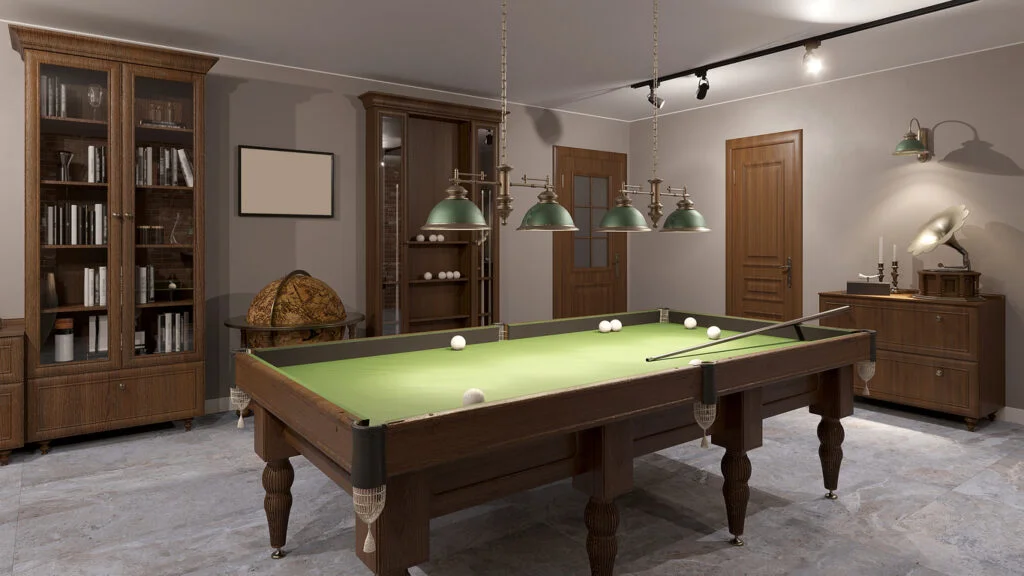
The basement pool table was the ultimate symbol of recreational sophistication, transforming what should have been a storage area into a legitimate entertainment destination. Your friend’s dad probably spent weeks shopping for the perfect table, comparing slate surfaces and wool felt options like he was making the most important decision of his life. The basement suddenly became the coolest room in the house, complete with overhead lighting, wall-mounted cue racks, and maybe even a small refrigerator for sodas.
Every visit to your friend’s house inevitably led to the basement, where you’d spend hours learning the finer points of eight-ball, nine-ball, and various house rules that seemed to change depending on who was winning. The gentle click of balls colliding and the satisfying thunk of a well-made pocket shot created a soundtrack of suburban leisure that you couldn’t replicate anywhere else. Pool tables ranged from $500 for basic models to several thousand for professional-quality versions, representing a serious commitment to home entertainment that your family probably couldn’t justify.
7. Expensive Stereo System with Separate Components
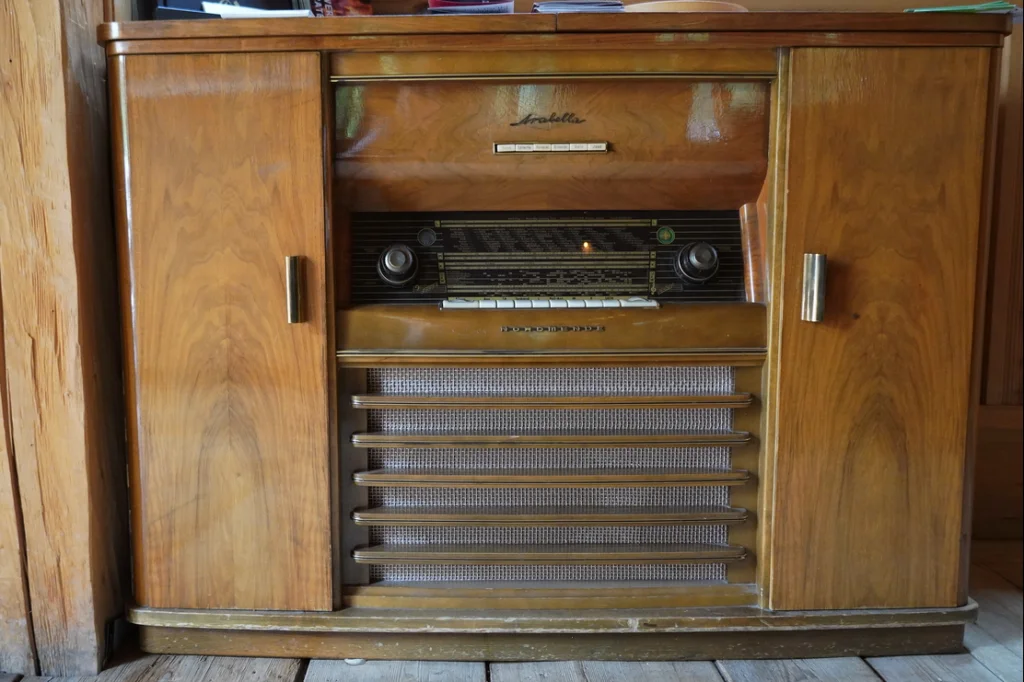
Your friend’s living room featured a stereo system that looked like mission control at NASA, with separate components stacked in a wooden cabinet that probably cost more than your family’s car. There was the receiver with its glowing VU meters, the dual cassette deck for making mixtapes, the turntable with its precisely balanced tonearm, and speakers that could probably be heard three houses away. Every component had its own purpose, and your friend knew exactly which buttons to push to achieve audio perfection.
This wasn’t just a music player; it was a shrine to high-fidelity sound that made every record and cassette tape sound like a live concert in their living room. You’d sit cross-legged in front of those massive speakers, watching the needle dance across album covers while experiencing music with a clarity and depth that your little AM/FM radio couldn’t touch. Component stereo systems could easily cost $1,000 to $3,000, which was serious money when the average household income was around $20,000, but music lovers considered it an investment in their daily happiness.
8. Central Air Conditioning
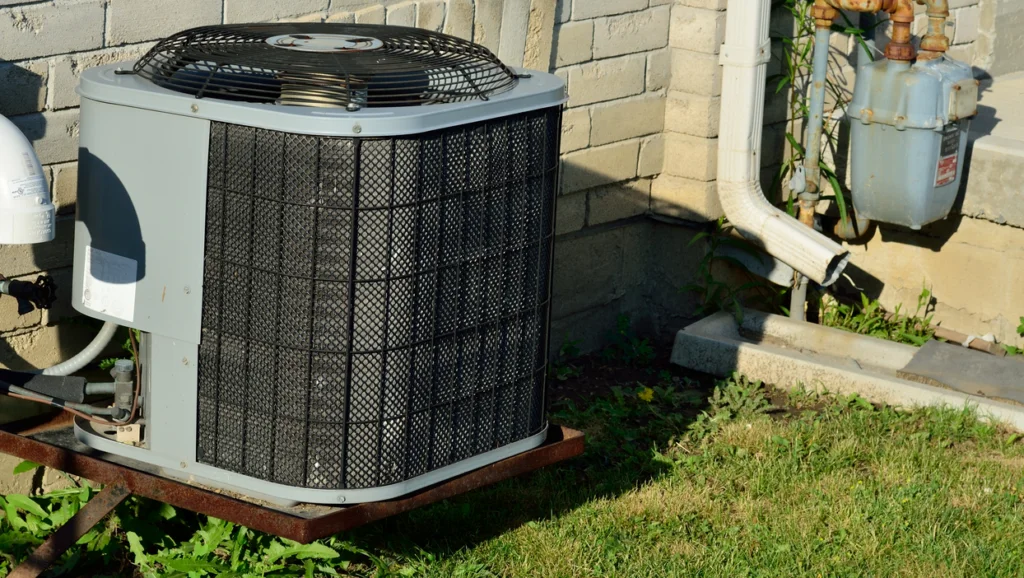
Summer visits to your friend’s house were like stepping into an arctic paradise, thanks to their central air conditioning system that kept every room at a perfect 72 degrees. While your family relied on window units that sounded like jet engines and only cooled one room at a time, their house maintained consistent comfort throughout with the quiet efficiency of modern HVAC technology. The gentle hum of the system was barely noticeable, unlike the rattling, dripping window units that dominated your home’s summer soundtrack.
Central air wasn’t just about comfort; it was about living without compromise, never having to choose which room would be cool enough for human habitation. Your friend could sleep soundly in their bedroom, eat breakfast in a comfortable kitchen, and play games in a living room that didn’t feel like a sauna by mid-afternoon. Installing central air in the 1980s cost between $2,000 and $5,000, a major home improvement that your parents probably classified as an unnecessary luxury, even as you all suffered through another sweltering July night with oscillating fans.
9. Above-Ground Swimming Pool

The backyard swimming pool was the ultimate summer status symbol, transforming your friend’s property into a suburban resort that drew neighborhood kids like a magnet. Whether it was a simple round above-ground model or a more elaborate oval setup with a deck, that pool represented endless summer entertainment and the kind of casual luxury that seemed impossibly sophisticated. You’d spend entire afternoons lounging poolside, playing Marco Polo, and pretending you lived the kind of life where swimming pools were just normal parts of everyday existence.
Pool ownership came with its own culture of maintenance, chemical testing, and seasonal rituals that your friend’s parents had mastered with the dedication of marine biologists. They knew about pH levels, chlorine shock treatments, and the precise art of vacuuming algae from pool floors, skills that seemed both mysterious and enviable. Above-ground pools ranged from $500 for basic models to several thousand for elaborate setups with decks and accessories, plus ongoing maintenance costs that your parents probably calculated with the precision of accountants.
10. Fancy Kitchen Appliances (Food Processor, Espresso Machine)
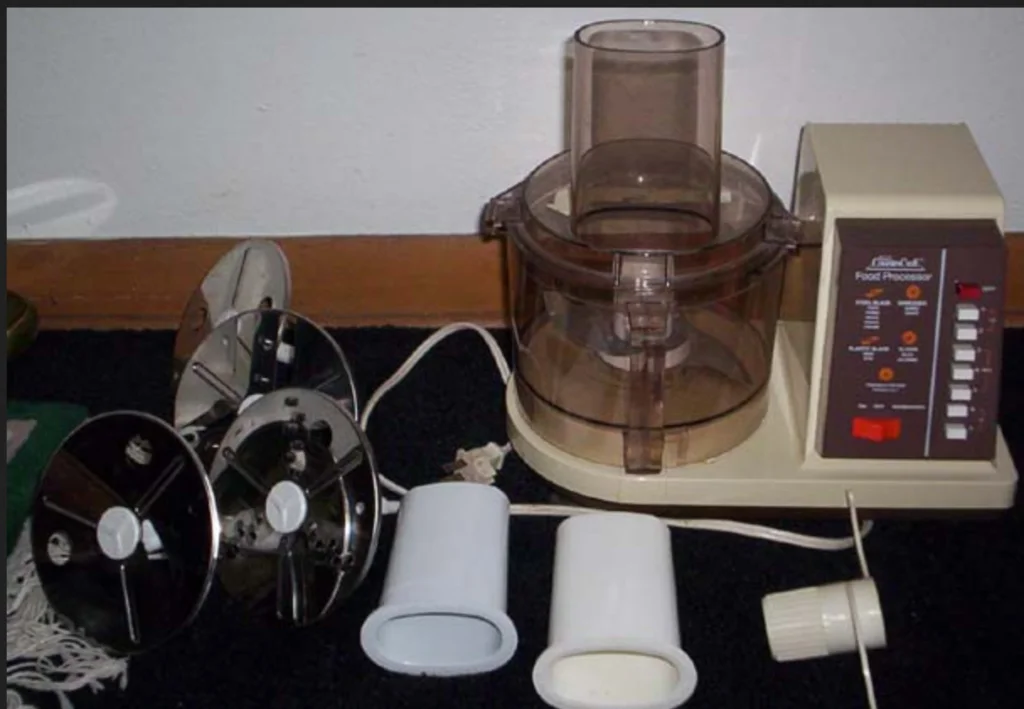
Your friend’s kitchen looked like it belonged in a cooking magazine, filled with gadgets and appliances that could perform culinary miracles at the touch of a button. The food processor could chop, slice, and puree with mechanical precision, while the espresso machine promised café-quality coffee drinks that seemed impossibly sophisticated for suburban home use. These weren’t just tools; they were statements about a family’s commitment to good living and culinary adventure.
Every visit included a demonstration of at least one kitchen gadget, whether it was watching carrots transform into perfectly uniform julienne strips or witnessing the magical foam creation process of cappuccino making. Your own family’s kitchen felt primitive by comparison, equipped with basic appliances that required actual effort and skill to operate effectively. Food processors cost between $100 and $300, while home espresso machines ranged from $200 to $800, investments that your parents probably considered unnecessary when “we already know how to cook and make coffee.”
11. Hot Tub or Jacuzzi
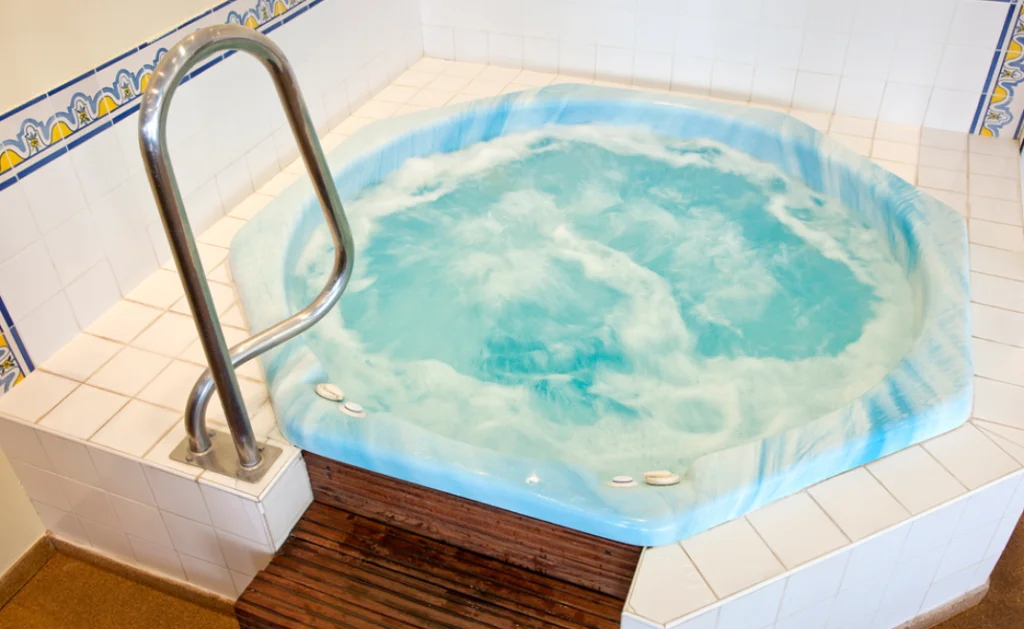
The backyard hot tub represented the pinnacle of 1980s leisure living, a bubbling oasis where your friend’s parents could soak away the stresses of adult life while you marveled at this display of recreational luxury. These weren’t just oversized bathtubs; they were sophisticated hydrotherapy systems with precise temperature controls, multiple jets, and seating designed for optimal relaxation. The hot tub became the centerpiece of backyard entertainment, drawing adults for evening soaks and providing kids with a year-round swimming alternative.
Owning a hot tub meant your friend’s family had crossed some invisible threshold into serious leisure investment, complete with water treatment chemicals, energy costs, and maintenance schedules that rivaled pool ownership in complexity. You’d peer through the backyard sliding door on winter evenings, watching steam rise from the bubbling water like some kind of suburban paradise. Hot tubs in the 1980s cost between $3,000 and $8,000, plus installation and ongoing operational expenses that represented a significant commitment to the pursuit of relaxation.
12. Video Game Arcade Machine
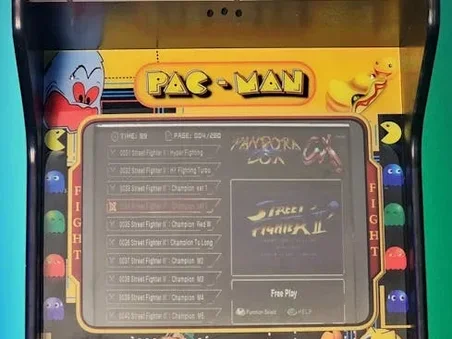
Some lucky kids had parents who went beyond home gaming consoles and actually installed full-sized arcade machines in their basements or recreation rooms. These weren’t toy versions or cheap imitations; they were actual arcade cabinets with authentic coin mechanisms, professional-grade joysticks, and that distinctive hum of arcade electronics. Having Pac-Man, Donkey Kong, or Centipede in your basement meant you never had to beg for quarters or wait in line at the local arcade.
The arcade machine represented the ultimate fusion of technology and entertainment, bringing the excitement of commercial gaming into the domestic sphere with all the authenticity of the original experience. Your friend could practice for hours without spending money, master games that others only played occasionally, and host legendary gaming sessions that became neighborhood legends. Used arcade machines could be purchased for $500 to $2,000, while new ones cost significantly more, making them serious investments in home entertainment that few families could justify.
13. Designer Furniture and Decor

Your friend’s house looked like it stepped out of a home decorating magazine, filled with furniture and accessories that seemed to coordinate in ways that your family’s mismatched hand-me-downs never quite achieved. Every room had a theme, a color scheme, and furniture that appeared to have been selected by someone who understood the mysterious principles of interior design. The living room might feature a sectional sofa in coordinating earth tones, glass coffee tables, and artwork that actually matched the curtains.
This wasn’t just about having nice things; it was about creating environments that felt intentionally designed rather than accidentally assembled over time through necessity and budget constraints. Your friend’s parents had obviously invested time, money, and thought into creating spaces that reflected their taste and aspirations rather than just their practical needs. Designer furniture and professional decorating represented expenditures that went far beyond basic comfort, suggesting a family that prioritized aesthetics and lifestyle in ways that your more practical parents probably considered frivolous.
Walking into your friend’s house in the 1980s was like getting a preview of the future—or at least a glimpse of how life could be lived with a little more money, a little more style, and a lot more willingness to embrace the latest trends and technologies. These weren’t necessarily better families or happier homes, but they represented possibilities that stayed with us long after we’d grown up and started making our own choices about microwaves, stereo systems, and swimming pools. Looking back, maybe the real magic wasn’t in the stuff itself, but in the dreams those objects represented and the way they expanded our sense of what home could be.
This story 13 Things Your Friend’s House Had In The ’80s That Yours Didn’t—And You Never Forgot It was first published on Takes Me Back.


